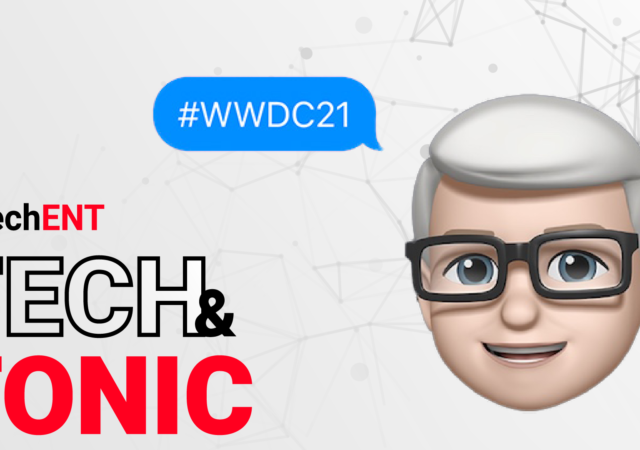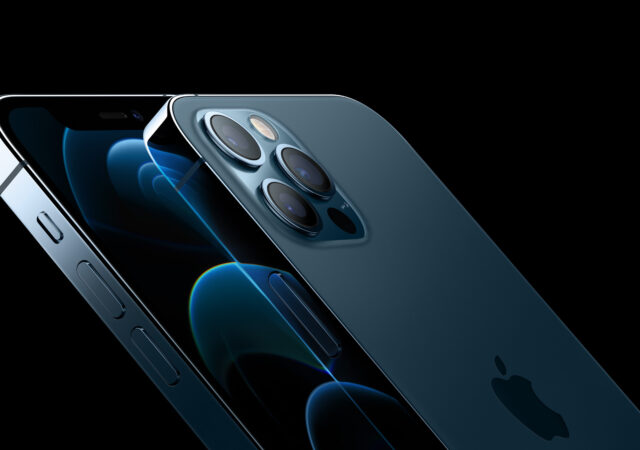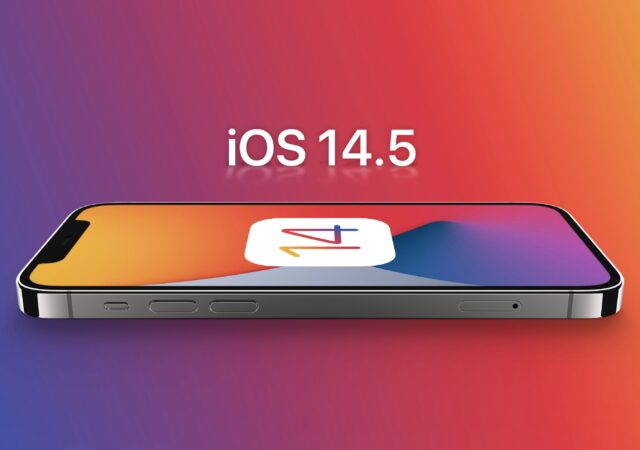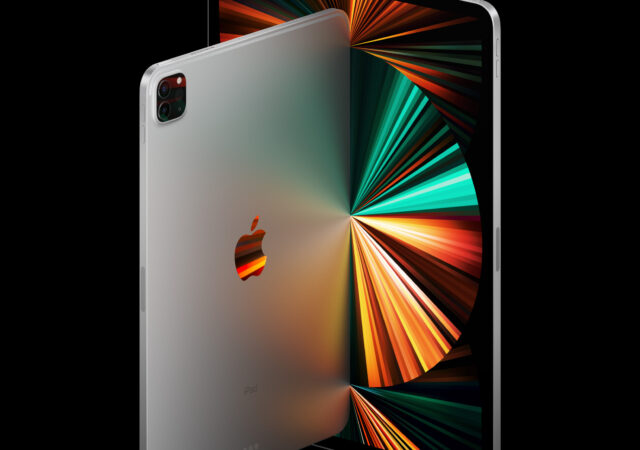WhatsApp is rolling out new tool to make migrating platforms more painless on both iOS and Android beginning with Samsung devices.
More Apple Spatial Audio! This Time on Clubhouse!
Apple’s Spatial Audio comes to Clubhouse. Now you can hear conversations in virtual surround sound and feel closer to your friends.
Tech & Tonic S02E15 – Everything We Know From WWDC 2021!
This week we’re talking about the big announcements Apple made at WWDC21! Tune in to the Tech & Tonic Podcast to find out what our highlights are!
[WWDC 2021] Apple iOS 15 is Coming – Even Bigger
Apple’s WWDC 2021 reveals the iOS’s biggest update in the form of the iOS15 available for iPhones Fall this year 2021.
Apple Releases iOS 14.6, iPadOS 14.6, macOS Big Sur 11.4, watchOS 7.5, and tvOS 14.6
Apple brings iOS 14.6, iPadOS 14.6, tvOS 14.6, macOS Big Sur 11.4, and watchOS 7.5 updates with added features.
iOS 14.5 is Out Now! What’s New?
Apple releases the new iOS 14.5, the biggest iOS update since the iOS 14 with a few major improvements including AirTag support
The Apple iPad Pro with Apple M1 chip – The Most Powerful Ever
The Apple iPad Pro for 2021 is packing the highly acclaimed Apple M1 chip that makes it the most powerful iPad Pro ever with prices starting from US$ 749 or MYR 3,499.
WhatsApp Finally Looks Into Moving Messages between iOS & Android
You know that age-old question: “How do I get my WhatsApp messages?” especially when your friends move from an Android smartphone to an iPhone or vice versa? Well, it looks like that may become a thing of the past with…
WWDC 2021 is Happening! Purely an Online Affair from June 7, 2021 Onward!
Apple returns with WWDC for 2021. WWDC21 will be an all-virtual event and is set to be the biggest one yet by Apple.
Is Privacy Our Sole Concern With Contact Tracing Technology?
This week the Guardian reported an alleged ‘standoff’ between the NHSX (the digital innovation arm of the NHS) and tech giants Google and Apple regarding the deployment of contact tracing technology aimed at curbing the spread of the Covid-19 virus.…











